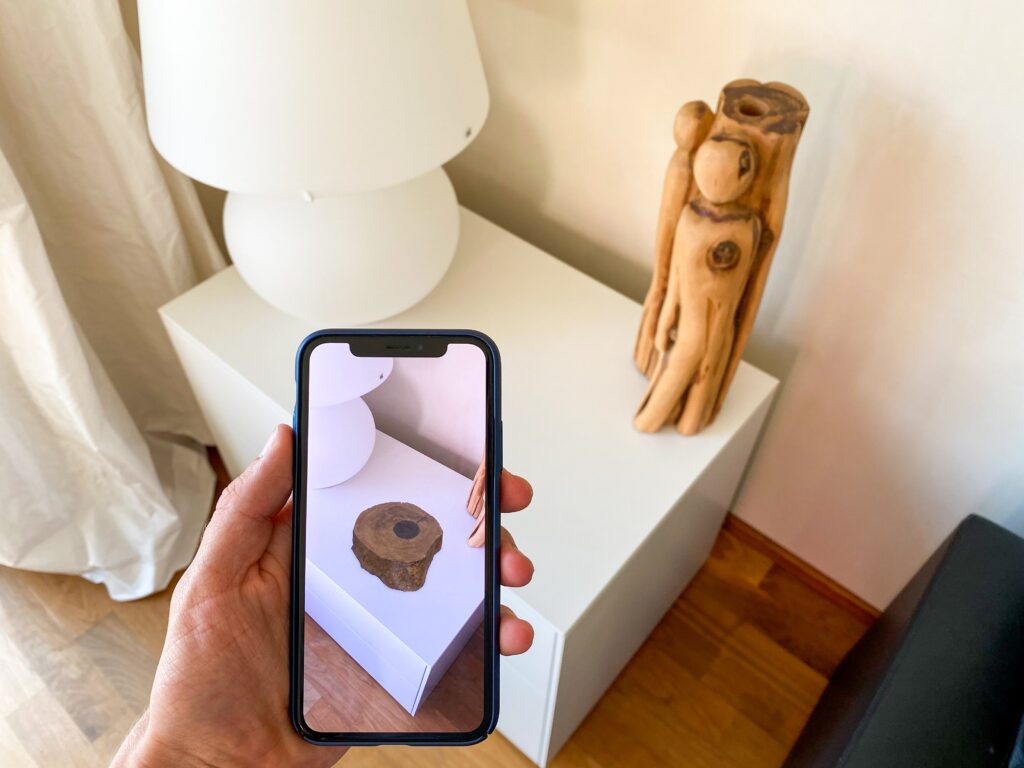Augmented reality (AR) is a technology that superimposes digital elements such as images, sounds, or other sensory stimuli onto the real world. In this article, we discuss the differences between Augmented Reality and Virtual Reality with 7 Examples of Augmented Reality in Everyday Life.
This creates an enhanced version of reality. It has become a popular trend in industries such as mobile computing and business applications. With the growing use of data collection and analysis, one of the main objectives of AR is to enhance certain aspects of the physical world and provide smart and easily accessible insights that can be applied to real-world situations. This data can aid companies in making decisions and understanding consumer behavior.
Differences Between AR & VR
Augmented reality (AR) and virtual reality (VR) are often mistaken for one another, so it is important to understand the difference. Augmented reality enhances the real-world environment by overlaying virtual information or even a virtual world on top of it. An example of this would be the game Pokemon Go, where players search for animated characters in their real-life surroundings using their phone or tablet. In the NFL, broadcasters use AR technology to analyze plays in more depth.
On the other hand, virtual reality completely immerses the user in a different environment, which is typically a computer-generated one. For example, a user may be transported to an animated scene or a digital environment. Virtual reality can also be used to create an interactive experience of a real-world location. Through a VR headset, someone could virtually explore and walk around Italy as if they were physically there.
As augmented reality technology continues to evolve and expand, it is becoming increasingly prevalent in various industries. Despite initial misconceptions that it is mainly used as a marketing tool, consumers are starting to see the tangible benefits of AR and now expect it to be a part of their purchasing experiences.
Some experts believe that wearable devices have the potential to be a game-changer for augmented reality. While smartphones and tablets offer a limited view of the user’s environment, smart eyewear, for example, could provide a more immersive link between the real and virtual worlds if it becomes widely adopted.
The 7 Examples of Augmented Reality
There are several 7 Examples of Augmented Reality being utilized in various industries. A few examples are:
Gaming: The most popular case of uses augmented reality in gaming. One of the examples we all know is “Pokemon GO”, a mobile-based AR game.
E-commerce: Many retailers and even wholesalers are using AR technology for their customers. You can try your clothing or makeup before you go shopping to see how it looks on you.
Healthcare: The healthcare department is using AR technology to help its students and even professionals to learn and practice their skills.
Education: Uses of Augmented reality in education are being used to help students understand deep concepts of history and science.
Advertisement: Many advertisement agencies are using AR technology to engage their customers with highly interactive means and display more about their products through AR devices.
Fitness: Several fitness apps are built on AR devices where you can practice your daily workout routine without leaving your house through AR technology.
Automotive: Many car brands and companies are using AR technology to enhance the experience of driving and even safety for their customers.

Uses of Augmented Reality Are Not Enough
The 7 Examples of Augmented Reality in Everyday Life are not enough, there are multiple more use cases of AR at the moment, but it will surely grow as we are heading into the future. Currently, you can use AR technology through smartphones, tablets, and glasses but in the future, there are going to be multiple ways to enter augmented reality. Some experts believe that the eye wears going to be game-changing for augmented reality, providing a much more immersive link between real, virtual, and augmented worlds.

